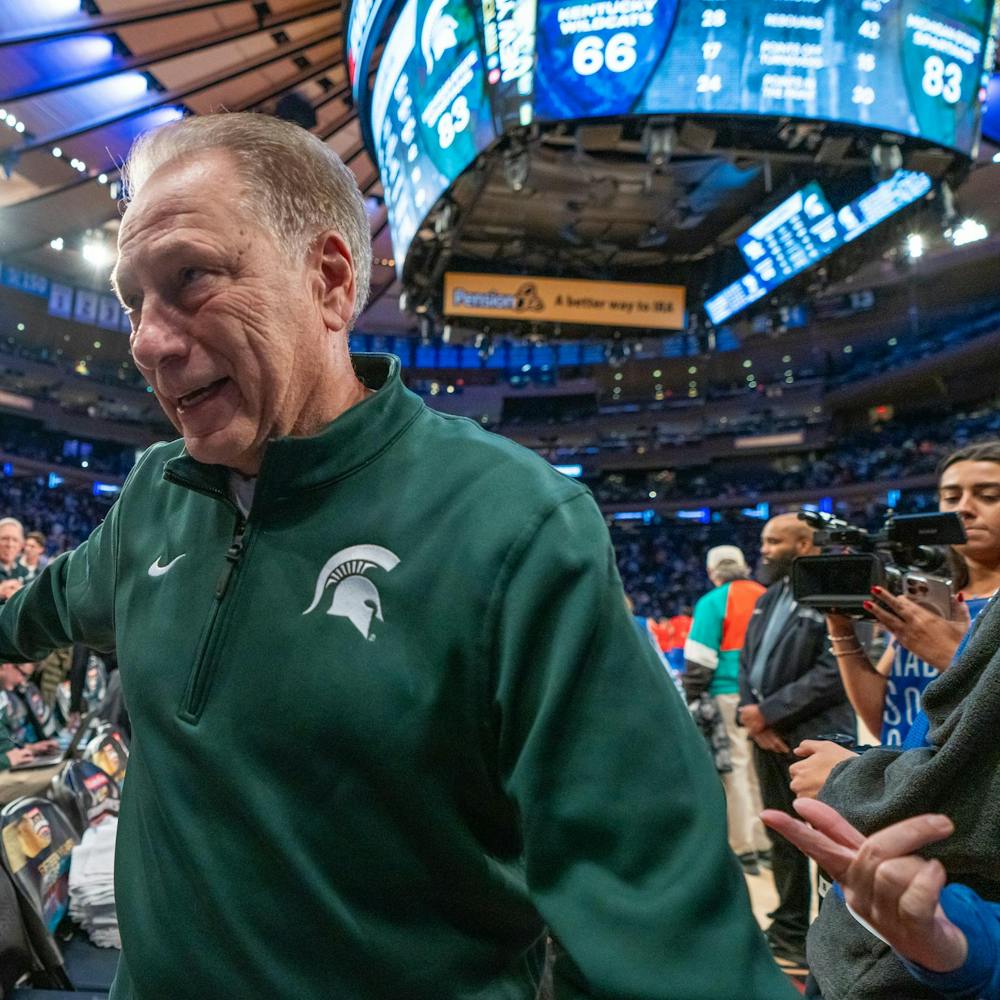Did you feel it?
A little after 9 a.m. Monday, the entire landscape of college football was hit with a seismic shift so powerful it can’t be quantified — yet — when the NCAA announced its penalties to the Penn State football program resulting from the Jerry Sandusky scandal. The sanctions include significant loss of scholarships, a four-year post-season ban, five years of probation, a $60 million fine and the removal of all wins from 1998 to 2011.
A few hours later, the first aftershock rippled throughout the collegiate universe as the Big Ten tacked on penalties of its own which include the loss of bowl revenue for the next four years — estimated at $13 million. That money will be given to charitable organizations focused on preventing child sexual abuse.
NCAA President Mark Emmert sought and gained unprecedented power in this case, hoping to bring the Penn State program to its knees.
And he did.
A program that, just a year ago, was seen as a model of consistency and class is now a smoldering mess, leaving many wondering what will rise from the ashes. At this time last year, the only question surrounding Penn State football was when will legendary head coach Joe Paterno ride off into the sunset of retirement after 46 seasons at the helm.
After Monday’s tremors, there’s once again only one question facing the Nittany Lions: What happens from here?
The penalties will remind many fans of a situation in 1987 where Southern Methodist University was given what is known as the “death penalty” by essentially terminating the football program due to an illegal benefits scandal. The Mustangs, a once decorated program, only have compiled three winning seasons since the punishment with the first taking nine years following reinstatement.
Only time will tell if Penn State’s sanctions will be an equally devastating blow.
Many say the consequences are unwarranted, that the NCAA and Big Ten are punishing players and coaches that were nowhere near State College, Pa., during Sandusky’s reign of terror. That’s all true — Paterno has passed, Sandusky will spend the rest of his life behind bars, Penn State President Graham Spanier, Vice President Gary Shultz are all long gone, while Athletic Director Tim Curley remains suspended from the university.
These penalties were handed down to cripple the brand and machine that was Penn State football. It was the iconic, overpowering stature of Nittany Lion football that enabled Sandusky’s despicable actions to be kept in the shadows. The powers at the top opted to keep their knowledge of child sexual abuse under wraps, in part, to protect the aura of Penn State football.
However, the current players don’t need to feel any of the sting from the punishment — every athlete on the roster is allowed to transfer to another school is eligible to play immediately. The Big Ten is even considering allowing players to transfer within the conference without penalty.
Additionally, recruits from the 2012 class will be released from their scholarships if they want and will once again hit the free market for coaches across the nation. Several members of Penn State’s 2013 and 2014 classes have already revoked their commitments.
Let feeding frenzy begin at what was formerly known as “Linebacker U,” for churning out NFL stars such as LaVar Arrington and Jack Ham, among others.
Only time will tell how destructive Monday’s rulings will be. The scholarship reductions and bowl ban will be detrimental. A program that had already lost the luster of its glory days under Paterno will be hard-pressed to recapture that glory and attract top-tier talent in the next few years without the lure of playing in a bowl game. Combine that with the fact that the Nittany Lions are only allowed 65 scholarship players instead of the normal 85 from 2014-17, and a once mighty program could become the Big Ten’s newest doormat.
If time heals all wounds, well, the clock is ticking.
Stephen Brooks is a State News sports reporter. He can be reached at brook19@msu.edu.
Support student media!
Please consider donating to The State News and help fund the future of journalism.
Discussion
Share and discuss “Column: Penn State ruling tough, but necessary” on social media.






